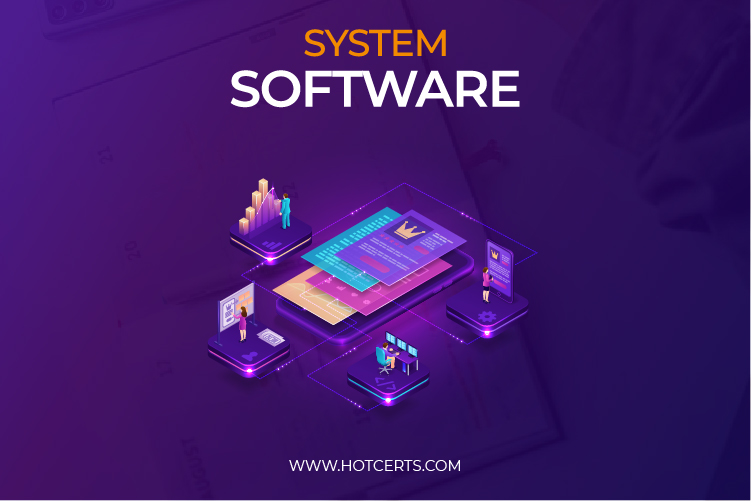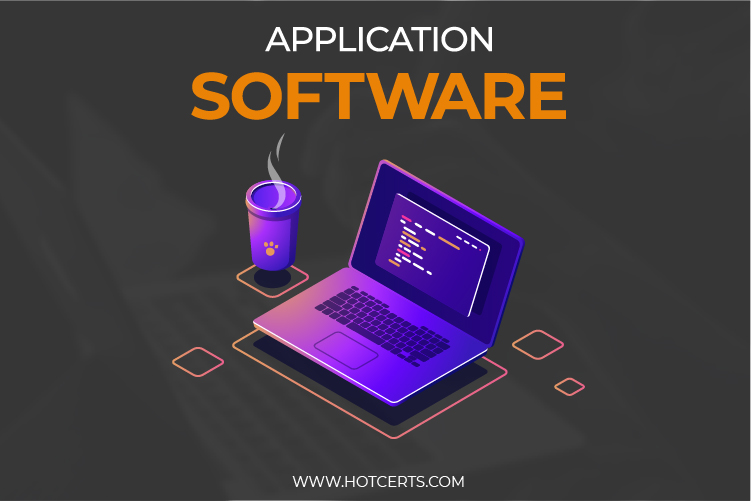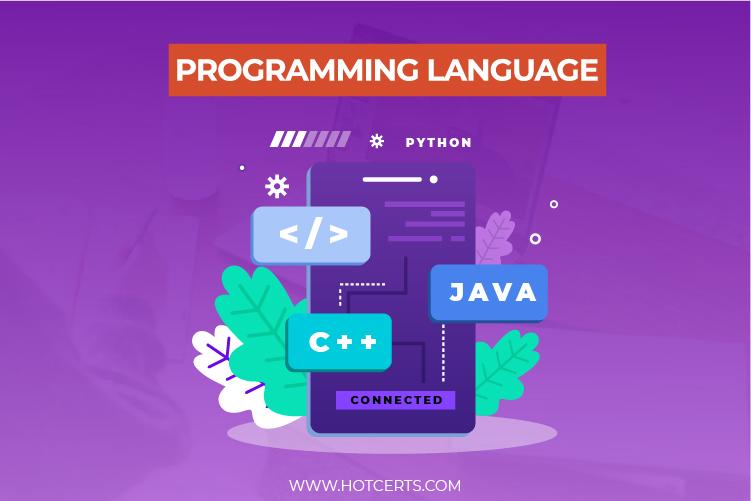Software Development: The life cycle, primary groups, and the key features:
Software development provides a set of steps for programmers to create computer programs. This process constitutes a phase of the software development life cycle. Understanding how to develop software presents excellent opportunities for the IT industry. Software development is the procedure programmers employ to create computer programs. This process, also known as the Software Development Life Cycle (SDLC), involves several phases that provide a way to create a product that meets technical specifications and user requirements.
It provides an international standard that enables software companies to build and improve computer programs. It delivers a defined layout for development teams to design, create, and maintain high-quality software. The IT software development process aims to build compelling products within a defined budget and schedule.
There are six main key steps in the software development life cycle:
- Identifying needs is the stage of market research and brainstorming of the process. Before a company builds software, it needs to perform extensive market research to determine its feasibility. Developers ought to identify the features and services that the software needs to deliver so that targeted consumers can make the most of the software and determine that it is required and valuable. This information can be obtained in several ways, including feedback and research from potential and existing customers.
The IT team and other departments within the company also need to discuss the product’s strengths, weaknesses, and opportunities. The software development process starts only if the product inevitably meets all the parameters for success. - Requirements analysis is the second phase of the software development life cycle. The stakeholders settle on the technical and user needs and specifications to accomplish the goals of the proposed product. This phase provides a detailed overview of all components, scopes, developer tasks, and test parameters to provide a high-quality product. The requirements analysis stage includes developers, users, testers, project managers, and quality assurance.
This is also when programmers choose software development approaches such as waterfalls and V-models. The team records the results of this stage in the software requirements specification. The team can reference this document at any time during the implementation of the project. - The next step of the software development process is to design. Here, architects and developers create the advanced technical specifications needed to develop software to meet their requirements. Stakeholders discuss risk level, team structure, applicable technology, time, budget, project limits, methods, and architectural design. Design specifications (DSDs) specify the product’s architectural design, components, communications, front-end representations, and user flows. This step provides templates for developers and testers to reduce the potential for defects and delays in the finished product.
- The following step is the development and implementation of the above design parameters. Developers code based on the specifications and requirements agreed upon in the previous step. Front-end developers build interfaces and back-ends, and database administrators create relevant data in the database according to the procedures and guidelines the company provides.
- Once the coding is complete, the developer deploys the product to the environment during the implementation phase. Programmers also experiment and check each other’s code. This allows you to test the pilot version of your program to match performance to your requirements.
- Before delivering it to users, the testing phase reviews the software for bugs and affirms its performance. At this stage, a professional tester validates the product’s capabilities to ensure that it works according to the requirements analysis documentation. If the tester has experience with the software or test scripts, they use exploratory testing to verify the performance of individual components of the software. Notify developers of code flaws. When the developer confirms that the defect is valid, the program is improved, and the tester repeats the process until the software is bug-free and works according to the requirements.
- Once the software is flawless, developers can provide it to their customers. After releasing the retail version of the software, the IT software development company creates a maintenance team to manage the issues that clients encounter while using the product. Maintenance can be a hotfix if it is a minor issue, but a severe software failure requires an update.
The software belongs to three main groups based on its usage and use. The popular categories of software are:
System software
System software, also known as an operating system or OS, is a program that computers use to translate input commands into machine-readable languages. The operating system controls the hardware components of your computer. Examples of common operating systems used in personal computers include Microsoft’s Windows OS, macOS used in Apple MacBooks, and Linux-based Ubuntu. The web server uses the Apache OS, and the UNIX operating system is used to build your system. It is a collection of programs that maintain and govern the behavior of computer hardware. It also helps the application program run correctly.
System software is designed to control the behavior of computer systems and extend their processing capabilities. System software makes your computer faster, more effective, and safer—examples: operating system, programming language, communication software, etc.
Application software
This is the application that is used to perform tasks on computers and smartphones. Commonly used examples include word processing apps, internet browsers, media players, photo editing tools, antivirus, and even software (SAS) products as a service. Application software, or app for short, performs specific tasks for the end-user. In effect, if the user interacts directly with the software, it is application software. For example, Microsoft Word and Excel are application software, standard web browsers such as Firefox and Google Chrome. It also includes categories of mobile apps, including communication apps such as WhatsApp and games such as Candy Crush Saga.
There are also app versions of common services, such as services that provide weather and transportation information and apps that allow customers to interact with businesses. Application software is different from system software, which refers to software that keeps the system running, such as operating systems, computational science software, game engines, industrial automation, and software as service applications.
Programming language
This is used to create software, and coders only use it to write programs. Programming languages include Java, C ++, PHP, and Simlab. It is a computer language that programmers use to develop software programs, scripts, or other sets of instructions that a computer runs. Different languages have similarities, but each of them has its own syntax. After learning the rules, syntax, and structure of a language, programmers write source code in a text editor or IDE. Second, programmers often compile their code into machine language that computers can understand.
To use software development to differentiate your brand and gain a competitive advantage, you need to be proficient in technologies that can accelerate your software’s deployment, quality, and effectiveness. Here are the key features of practical software development:
Artificial Intelligence (AI): Neural networks, natural language processing, machine learning, and cognitive capabilities provide developers and businesses with the opportunity to disrupt the market and provide competitive products and services. IBM Watson provides developers with a way to connect and use artificial intelligence services as part of their application through an application programming interface or API. You can also use IBM Watson to check for ambiguities, unclear actors, compound or adverse requirements, missing units or tolerances, incomplete requirements, and unknown quantities for product requirements.
Cloud-native development: Cloud-native development is a way to build applications that take advantage of the cloud environment. Cloud-native applications consist of separate, reusable components called microservices that are designed to incorporate into any cloud environment. This architecture allows cloud-native applications to use cloud environments to improve application performance, flexibility, and scalability.
Cloud-based development: IT and software development organizations look to the cloud to enhance resource management and decline costs. This way, the cloud can be employed as a speedy, adaptable, and cost-effective integrated development environment (IDE). A cloud-based development environment can support coding, design, integration, testing, and other development features. It can also supply access to APIs, microservices, DevOps, and other development tools, services, and expertise.
Blockchain: Blockchain is a safe, digitally connected ledger that eliminates the costs and vulnerabilities incurred by stakeholders such as banks, regulators, and other intermediaries. We are transforming our business by releasing capital, accelerating processes, and reducing transaction costs. Blockchain offers tremendous opportunities for software development. Developers are using distributed ledgers and open source Hyperledger technology to change how they run their businesses.
Low Code: Forrester defines low code as follows: “Products and cloud services for application development that take a visual, declarative approach instead of programming and are available to customers at low or free cost and training …” In That is, the need for coding. A development technique that allows non-coders or civil developers to build or build applications quickly and at a low cost.
Analysis: Annual demand for data scientists, data developers, and data engineers will reach approximately 700,000 by 2020. This demand shows how important it is for businesses to gain insight and value from the proliferation of data. Therefore, software developers are integrating advanced analytics into their applications. Cloud-based services and APIs make it easy to guide data exploration, automate predictive analytics, provide new insights, and create dashboards to improve decision-making.
Model-based Systems Engineering (MBSE): MBSE uses a software modeling language to perform early prototyping, simulation, and software design analysis for initial validation. Building a design with MBSE helps you analyze and refine your project requirements and move quickly from design to implementation.
Mobile: An essential feature for software developers is to create mobile apps with deep connections to data that enhance and enhance the user experience. Forrester discovered that “deep integration of digital/mobile customer data has a strong impact on how customers interact with their brands.”




